Globally announced sustainable aviation fuel production capacity significantly increased last year, driven by regulatory developments such as ReFuelEU, the new UK SAF mandate and incentives to support SAF uptake in the US. Additionally, other countries, particularly in Asia, are looking to introduce mandates and targets for production, leading SAF to increasingly be seen as a global tradeable commodity with emerging trade corridors involving the US, SE Asia, Europe and South America, says SkyNRG’s latest annual SAF Market Outlook. Voluntary demand signals have also continued to strengthen, with multiple airlines, cargo companies and corporates setting ambitious SAF targets. However, says the report, most announced facilities still face the challenges of raising capital, construction and commissioning, and this year will be critical for projects targeting operations before 2030.
For the first time, SkyNRG’s 2024 SAF Market Outlook, which is primarily focused on the period to 2030 and was developed in collaboration with consultancy ICF, has been expanded to include a global coverage. It considered 349 announced projects before excluding those in the immature stage and those that hadn’t provided an update in the past two or more years, plus those with a high degree of financial and feedstock risk, Tom Berg, Senior Policy and Sustainability Manager at SkyNRG, told a launch event in Brussels.
The report says forecast global production capacity reached 17.3 million tonnes (Mt), the equivalent of around 5.7 billion gallons (Bgal), which is an increase of 4.0 Mt (1.3 Bgal) over a year ago. SAF demand is being driven by regulatory developments, with mandates and aspirational targets adding up to a total demand of 16.1 Mt (5.3 Bgal) across multiple countries.
Over the past year, the ReFuelEU legislation has been adopted requiring all fuel made available to aircraft operators at EU airports to contain a minimum share of SAF, starting at 2% in 2025, rising to 6% in 2030 and 70% in 2050. A further 1.2% requirement applies to synthetic, or e-fuels, from 2030. In the UK, legislation is now awaiting adoption of a national mandate, also starting in 2025, targeting a higher 10% share of SAF by 2030 and the government is consulting on a revenue certainty mechanism aimed at accelerating the development of domestic production capacity.
The United States has published long-awaited guidance on a federal blenders tax credit and several state low-carbon fuel standards are in place or under discussion. According to the report, SAF facilities announced in the US are also significantly larger compared to other regions, with capacities exceeding 300 Mgal (0.9 Mt) not uncommon. The report attributes this to the feedstock strategies chosen in these projects, which are mostly agricultural commodity based, such as corn and soy. SAF produced from agricultural feedstocks would not be eligible under EU and UK mandates, however, forgoing their export possibility to Europe but could be attractive to other overseas markets.
In Asia, Japan is now emerging as a major potential demand centre for SAF following the publication in 2023 by the government of a policy proposal to develop a national SAF mandate requiring 10% SAF use by 2030, which would represent a SAF demand of about 1.4 Mt (0.5 Bgal). India has communicated a policy proposal for a national mandate of 1% by 2027, doubling to 2% by 2028 (requiring around 0.2 Mt) and potentially increasing to 5% by 2030. Malaysia, Indonesia and South Korea too are considering mandates. Singapore has proposed a national target of 1% by 2026, potentially increasing to 3-5% by 2030, depending on global developments and availability of SAF, to be partially funded by a passenger SAF levy.
China has already established a SAF use goal of 50,000 tonnes, with industry expecting a blending mandate of 2-5% by 2030 to be announced. A 5% mandate would require 2.5 Mt of SAF use, which Berg said could be a game-changer for SAF provision globally. SAF capacity is rapidly expanding in China, with lead times seemingly shorter than in the rest of the world. “Based on current announcements, we expect China and Southeast Asia to have SAF capacity of 3.6 Mt (1.2 Bgal) by 2030,” notes the report.
Governments in other countries too are moving forward on SAF production requirements, such as Turkey, the UAE, Australia and New Zealand. Latin America, according to the report, is emerging as a potentially significant production hub for SAF, with an expected SAF capacity of 2.3 Mt by 2030, and is already a major exporter of agricultural commodities. Some US SAF projects are intending to make use of Brazilian ethanol, particularly as Brazilian sugarcane ethanol can achieve lower carbon intensities than US corn, it adds, “signalling that in the future, the US may be importing finished fuel.”
HEFA domination
Capacity announcements are heavily dominated by the HEFA pathway until 2030, around 85% of the total, stated Berg (see graph below). “What is clearly missing is the advanced fuels pathway, which while there is a pipeline of projects, there is no level playing field because they are more expensive and have to compete with cheaper HEFA-based fuels. We also need to see much more progress on the e-fuel pipeline to reach the sub-targets. The pipeline is big but the projects are almost all at the feasibility stage.”
He said there was a big uncertainty on the impact of the SAF price on demand and the future of next-generation fuels was dependent on strong demand-side policies such as mandates. “Before 2035, the next-generation pathways will have to take over from HEFA to reach the scale needed by 2050,” he said. “The choices we make today will have an impact on what happens in 2050. The direction is very clear: we need to invest, we need to innovate and we need to collaborate, and it’s very important we design efficient production processes.”
In the meantime, the report sees significant supplies of SAF coming from co-processing by petroleum refiners but found little publicly available information. “Since this pathway represents low capital investments relative to other SAF pathways, co-processing represents a cost-effective compliance method under ReFuelEU,” it says. “If EU refiners were to fully utilise their co-processing capacity to the ASTM limit of 5%, this could yield around 1.7 Mt of SAF per year.”
With current EU SAF capacity announcements to date, 3.8 Mt of SAF would be expected to be delivered by 2030, with a total of 5.5 Mt in the pipeline, suggesting only a rate of 50% of projects succeeding would have to be achieved to meet EU demand of 2.6 Mt (including 0.3 Mt of e-fuel) in 2030.
A concern is that since starting its market outlook, each year since 2022 has seen the capacity curve pushed back because of delays to projects. “The reasons can be many,” said Berg. “They might be awaiting policy certainty because the final details aren’t known yet, the financing risk is too high to progress to final investment decision (FID) or it could be technical difficulties.”
He also points to a potential problem with the EU 2035 target that will require 2.5 times the amount of SAF compared to 2030, meaning an extra 3 Mt needed to meet the target. “This may mean becoming much more import dependent and possibly at a higher cost as global demand increases,” he said. “The e-SAF mandate requirement will also triple in 2035 compared with 2030.”
In the US, SAF capacity announcements so far are expected to deliver 6.7 Mt, or 2.2 billion gallons, by 2030, with most used by the voluntary market. However, continued uncertainty on tax guidance pertaining to GHG methodologies and incentive levels, in combination with increasing pressure on feedstock markets, are expected to lead to further delays in SAF capacity expansion across the nation. Currently, only 2.1 Mt (0.7 Bgal) of SAF capacity is covered by facilities that are operational or under construction. The SAF Grand Challenge, a federal strategy to raise SAF production in the US, has an aspirational target of 3 billion gallons by 2030.
Looking ahead, SkyNRG estimates global SAF capacity could grow to around 250 Mt by 2050 if deployment of new pathways using biomass feedstocks and green hydrogen are derisked over the coming years and accelerate rapidly thereafter. To meet this production, between 500-800 SAF facilities are required at a cumulative investment of $1 trillion, assuming $2 billion per facility. This represents an average annual capex of $40 billion between 2025 and 2050, roughly equivalent to 8% of global annual upstream oil and gas capex in 2019.
“Collaboration between project developers and investors is vital for success. However, stable policy frameworks are also required for the transition to net zero aviation,” said Philippe Lacamp, CEO of SkyNRG. “The Market Outlook emphasises the need for early policy discussions to evolve swiftly into concrete proposals to enable the building out of the significant pipeline of SAF capacity that we identify in this report.”
Industry body Airlines for Europe said the Market Outlook showed European airlines and suppliers could meet the required levels of SAF usage until 2030 under ReFuelEU. At the report’s launch event, A4E Deputy Managing Director Laurent Donceel, however, outlined some of the challenges the European SAF sector faced, including the cost of production and cost of supply, access to renewable energy, access to SAF across the EU and ensuring the sustainability of feedstock.
“It is positive to see that SkyNRG forecasts there will be sufficient SAF to meet the requirements of ReFuelEU until 2030,” he commented. “But many European airlines aren’t stopping there. They want to do more so it is important that Europe designs a SAF industrial policy that addresses the cost of production, accelerates the supply and ultimately brings down the cost of SAF in Europe. Synthetic fuels in aviation, which will form part of the EU’s ReFuel mandate, will require particular attention in the coming months. E-SAF will require a large amount of clean energy and hydrogen for their production and yet have failed to catch enough attention from financial markets and policymakers so far.
“Growing a nascent SAF industry into one that will provide the majority of the fuel for airlines is a monumental task. For airlines, there is a need to work with airports to help develop the market for SAF, finance needs to flow into the sector and the energy industry needs to get serious about the transition away from fossil fuels. This report shows that a sustained effort from users, producers, policymakers and financers will ensure we reach our targets. The stakes are too important for them not to deliver and this report should be a clarion call to all to knuckle down and deliver.”
SkyNRG has recently secured investment from Macquarie Asset Management, which the Amsterdam-headquartered company says will enable its next growth phase, including realisation of SAF projects in Europe and the US.
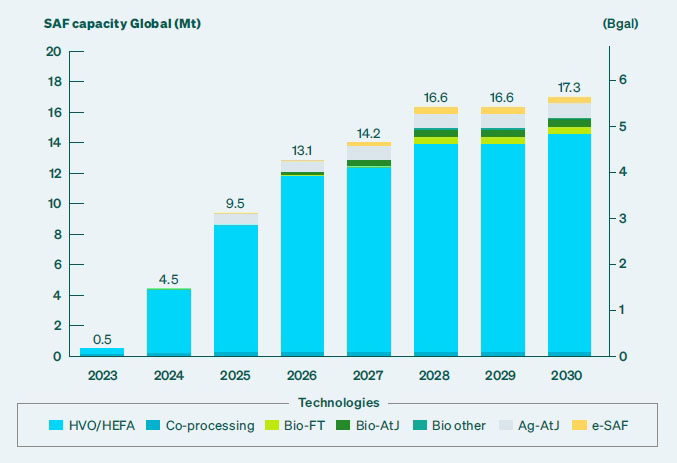
Global SAF capacity announcements until 2030 (source: SkyNRG)
Top photo: KLM/SkyNRG


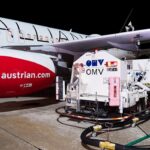





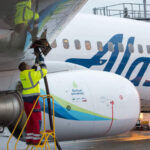
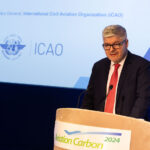
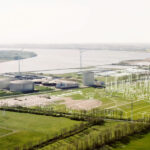
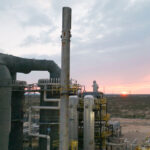

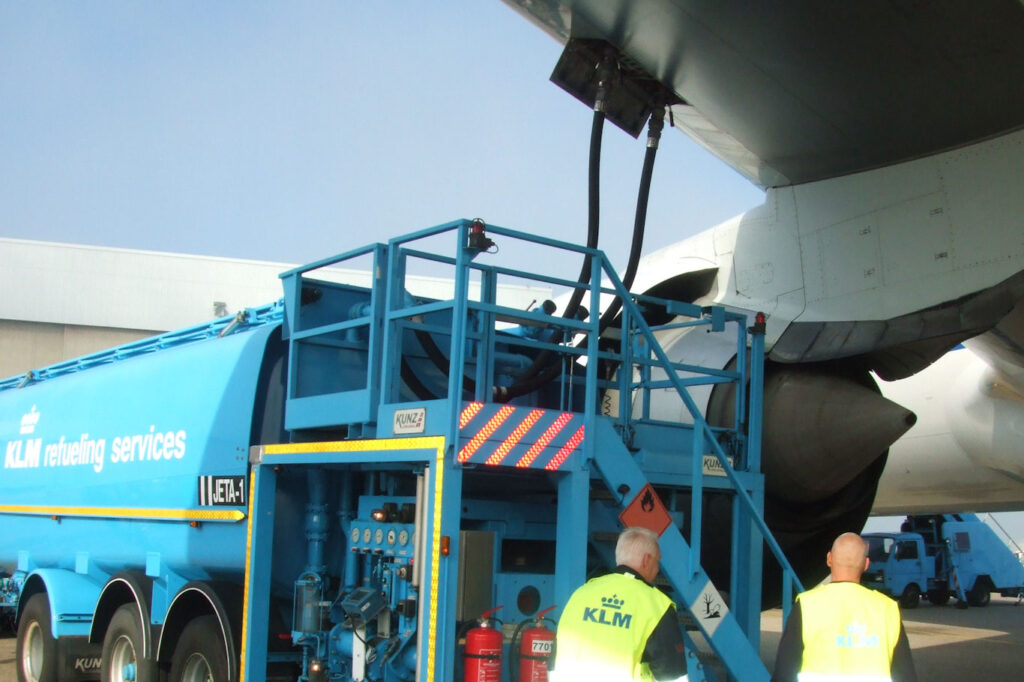
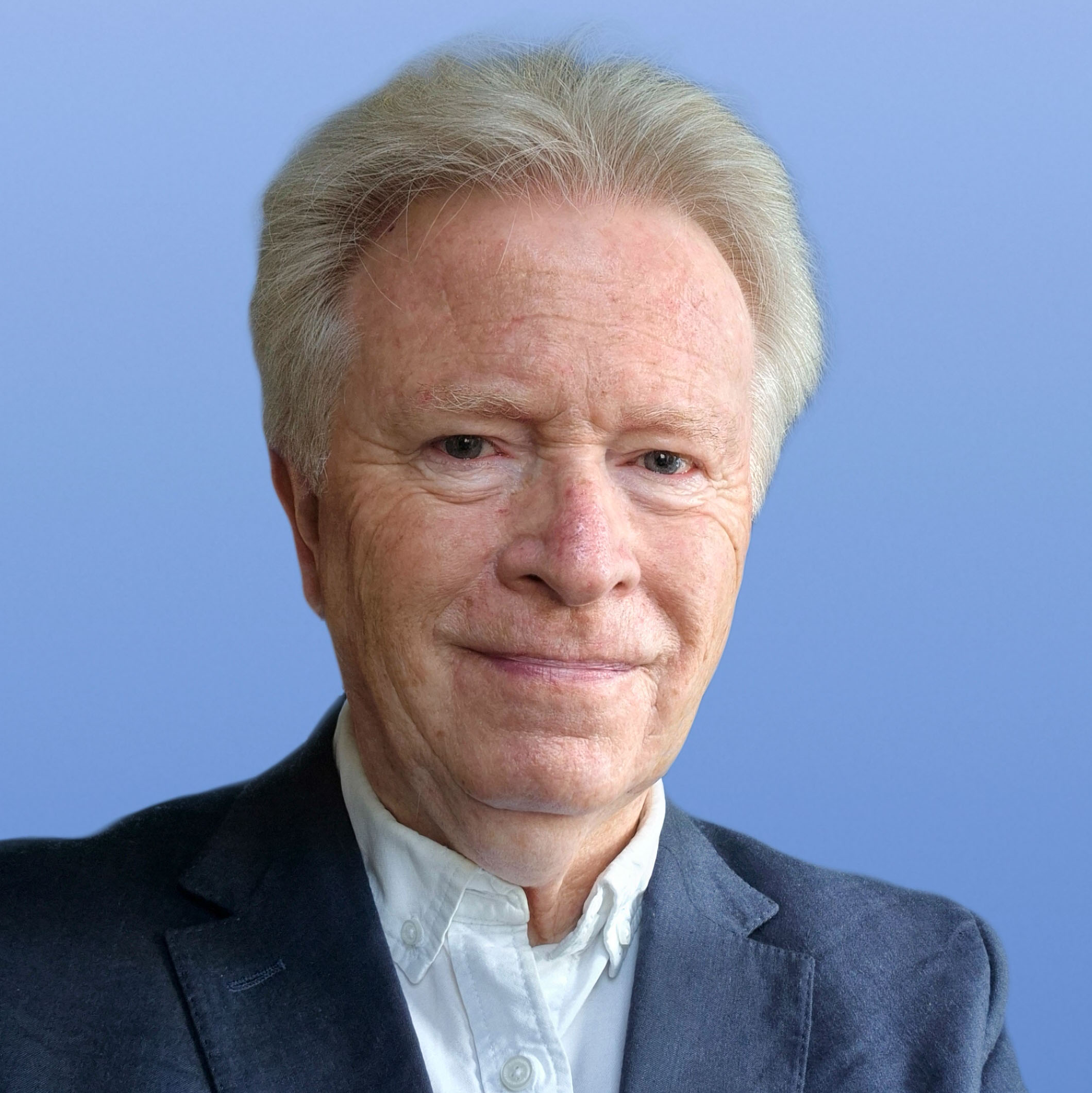

More News & Features
Progress on decarbonising the airline sector has been slow this year, says IATA chief
EASA releases status report on Europe’s SAF production and readiness to meet blending targets
New partnerships formed to drive e-SAF production in Nordic markets
IAG continues to go big on e-SAF as it inks 10-year offtake agreement with Infinium
US on the pathway to achieving its 2030 SAF Grand Challenge target, says DOE report
Advocacy group launches to speed up production and use of SAF across Asia